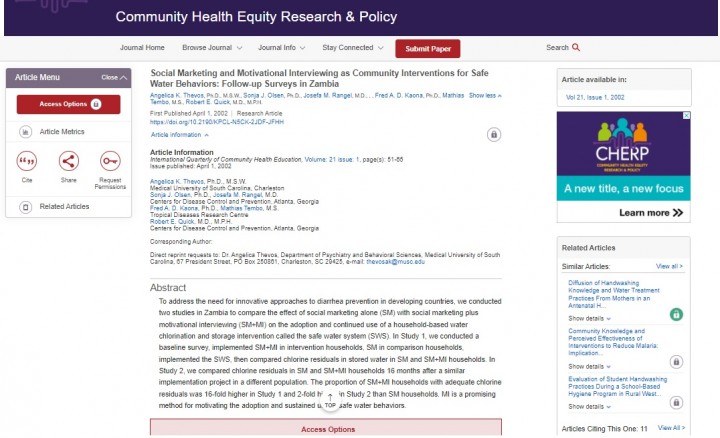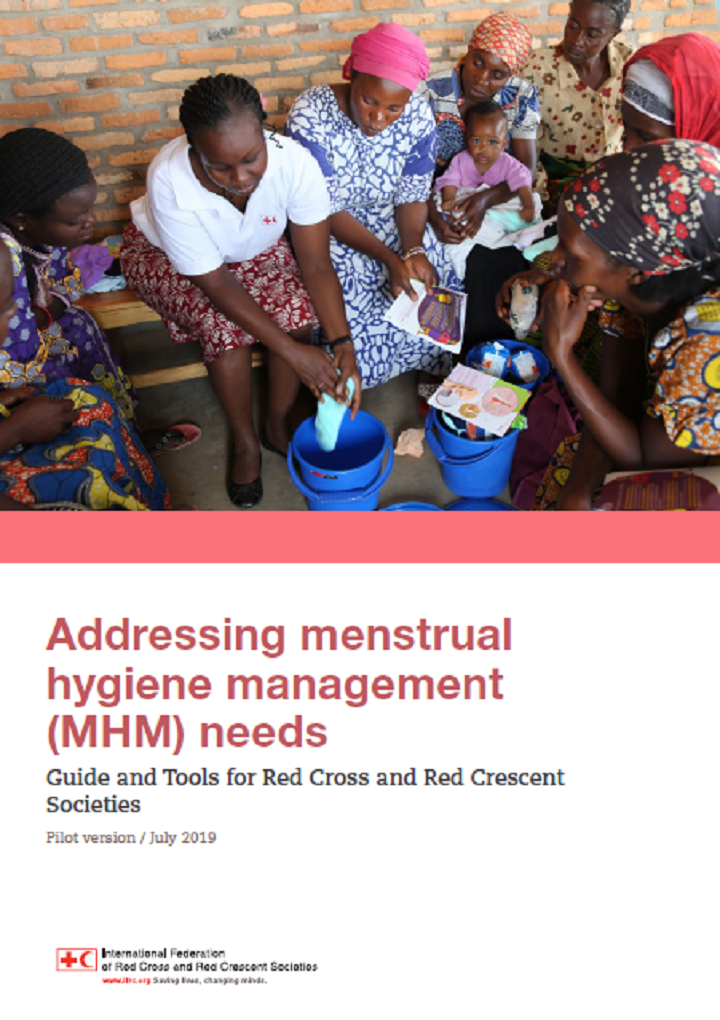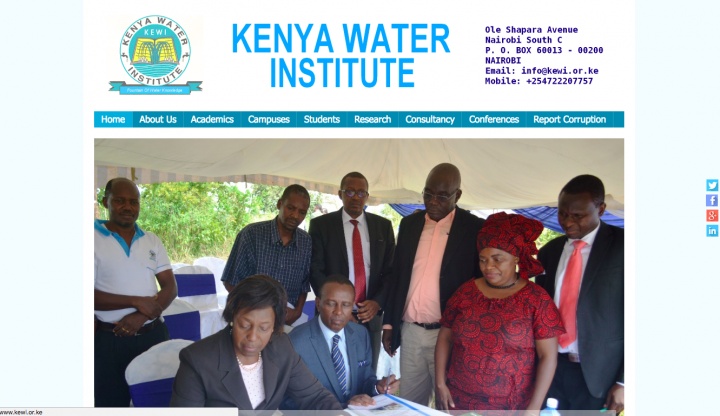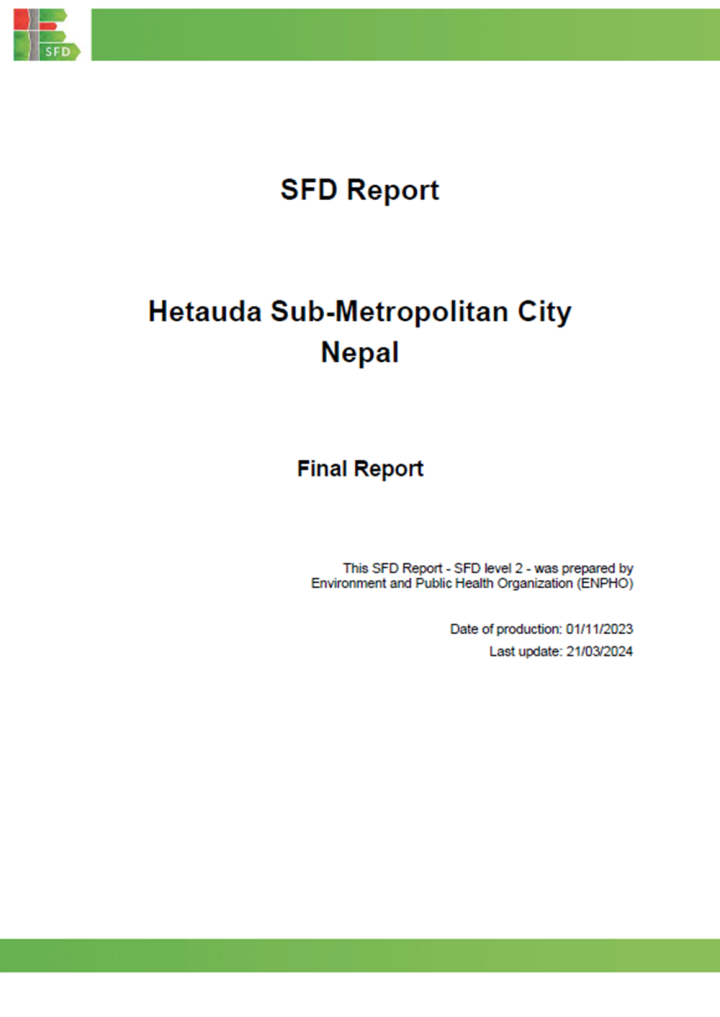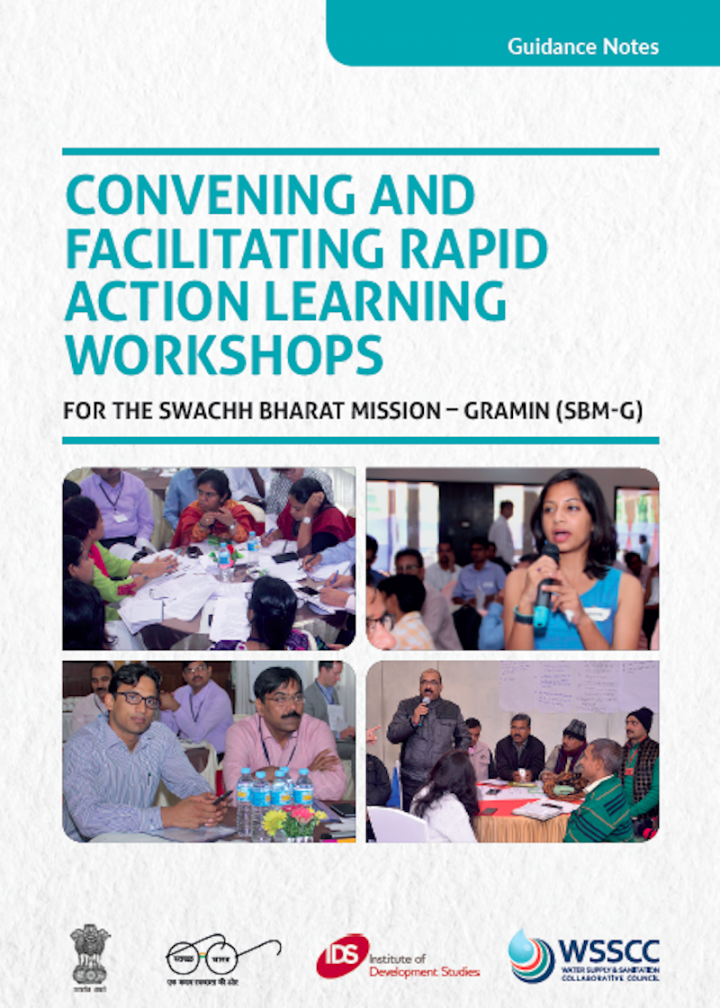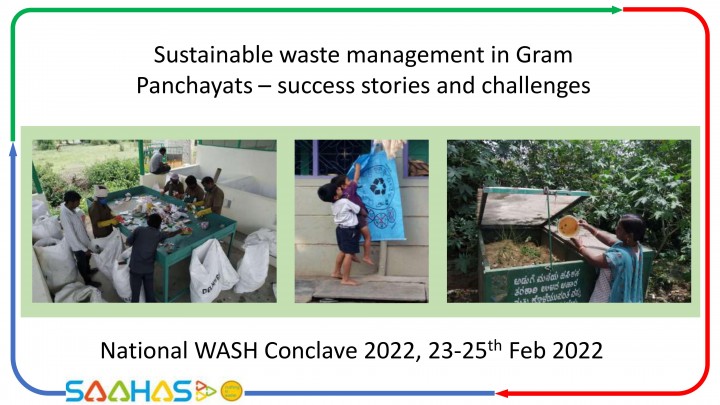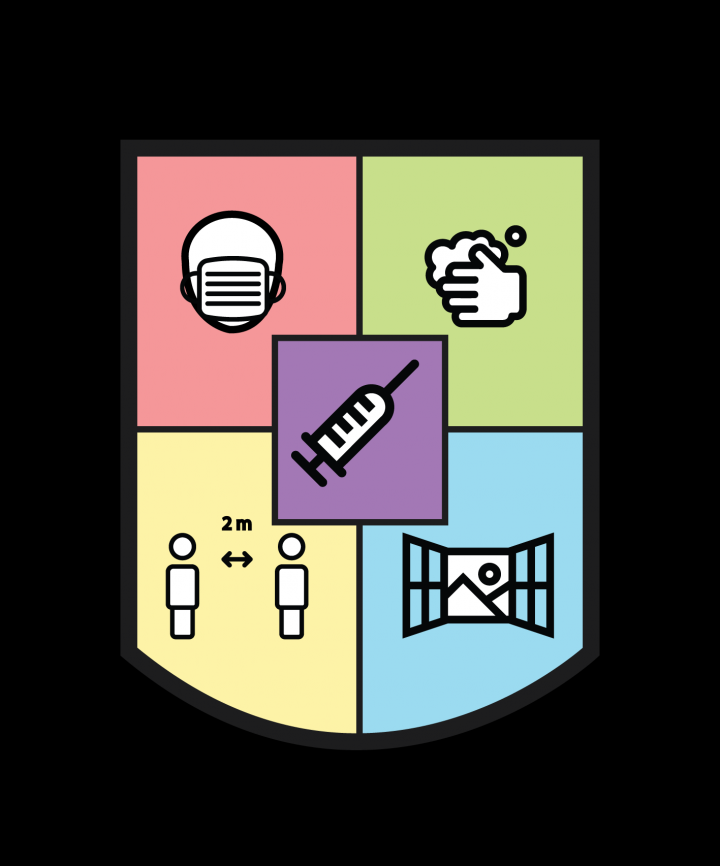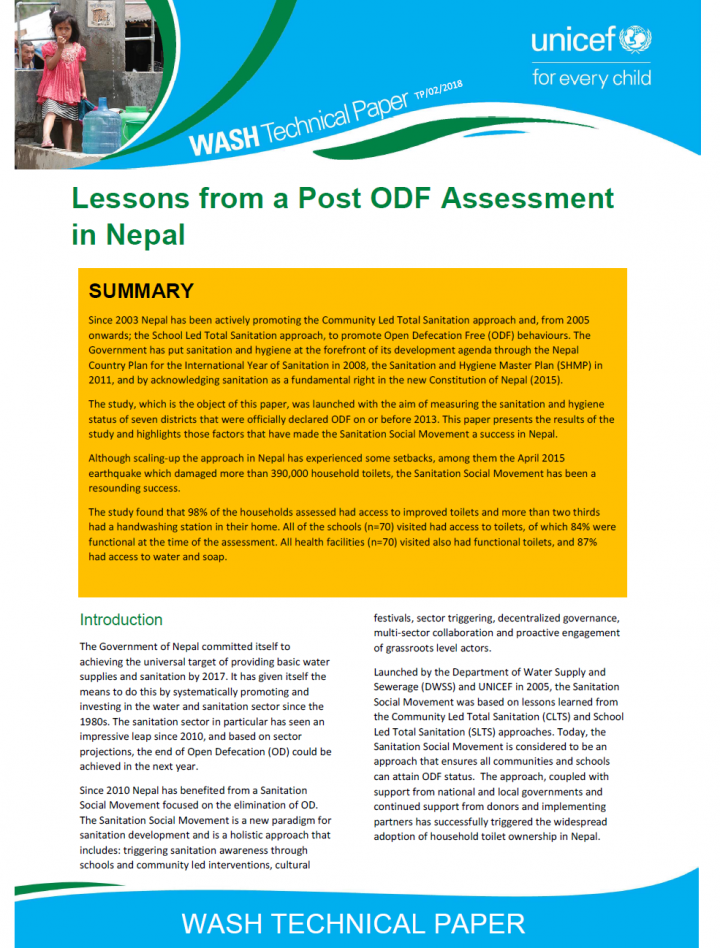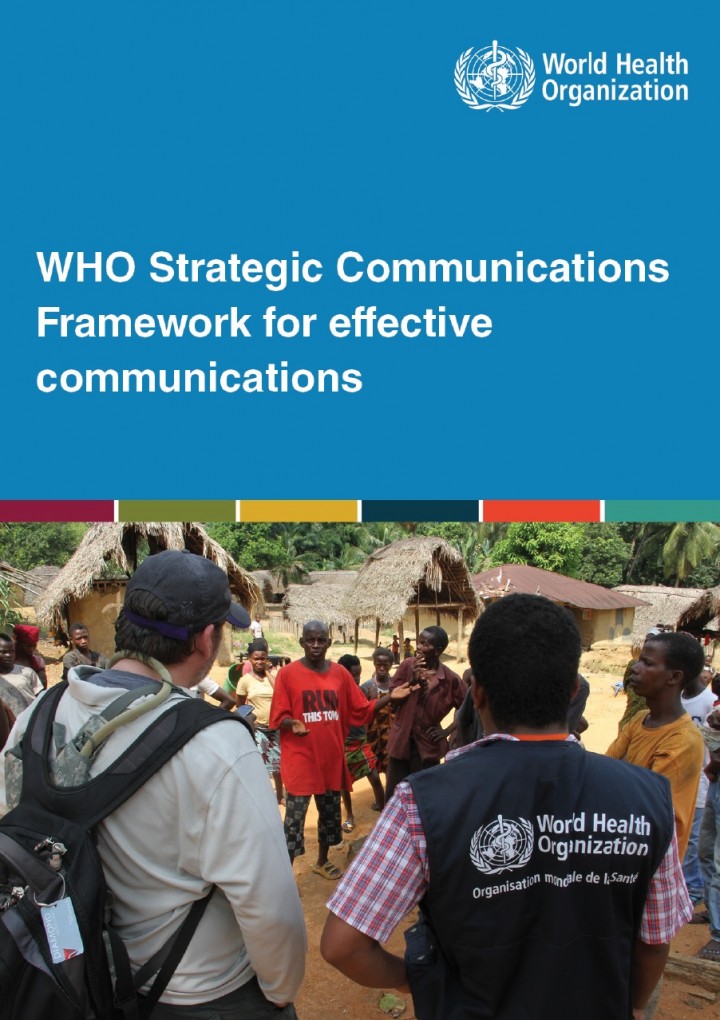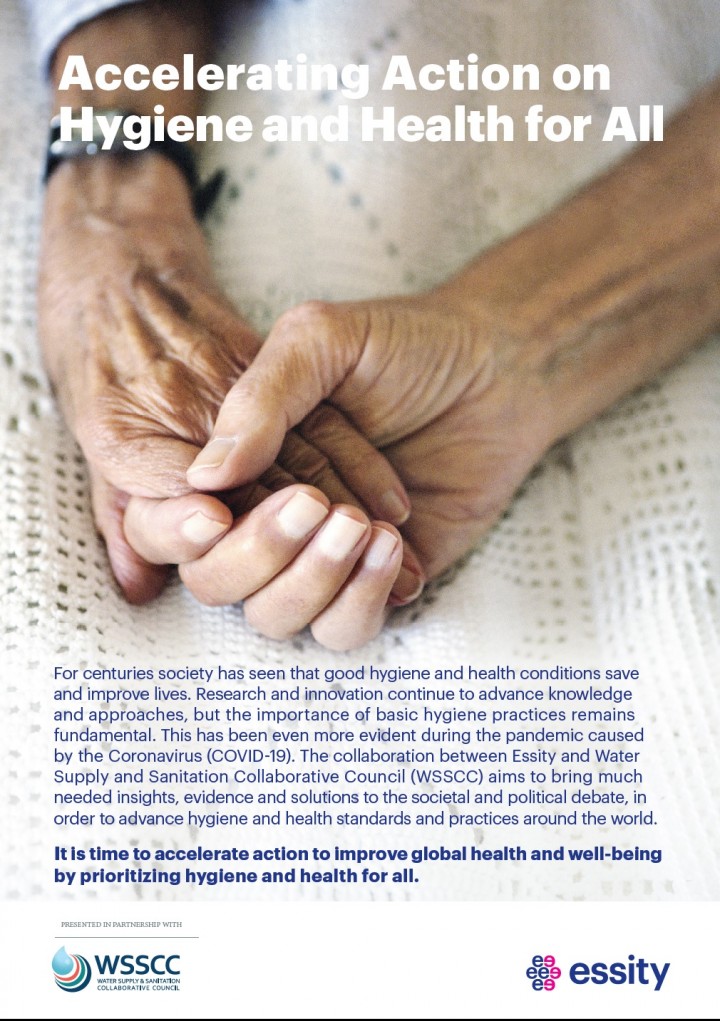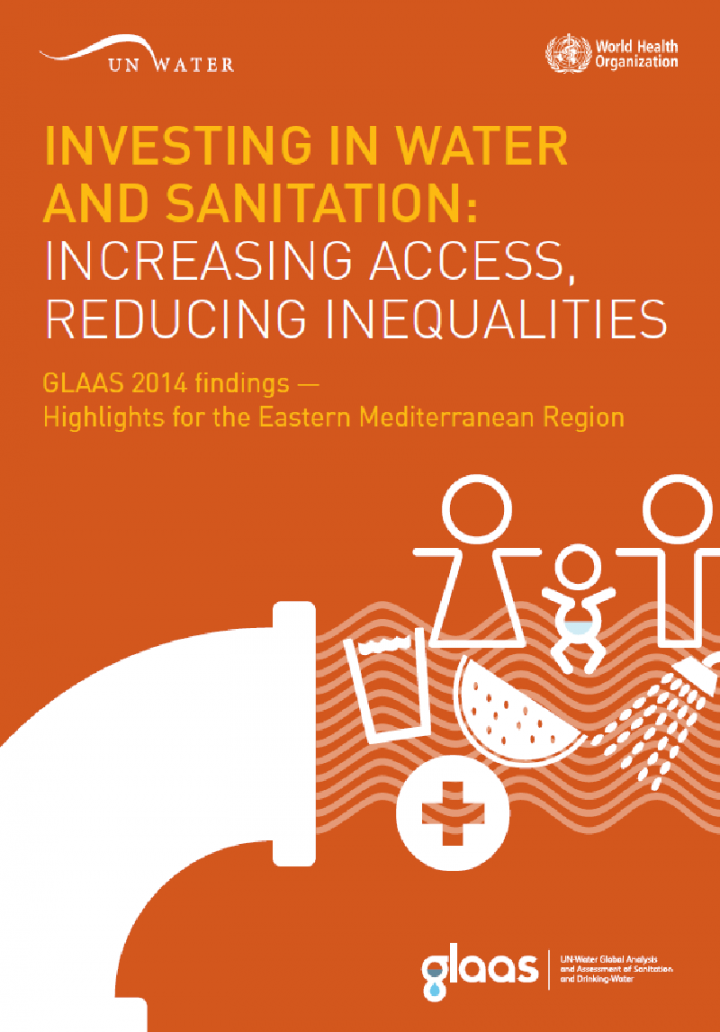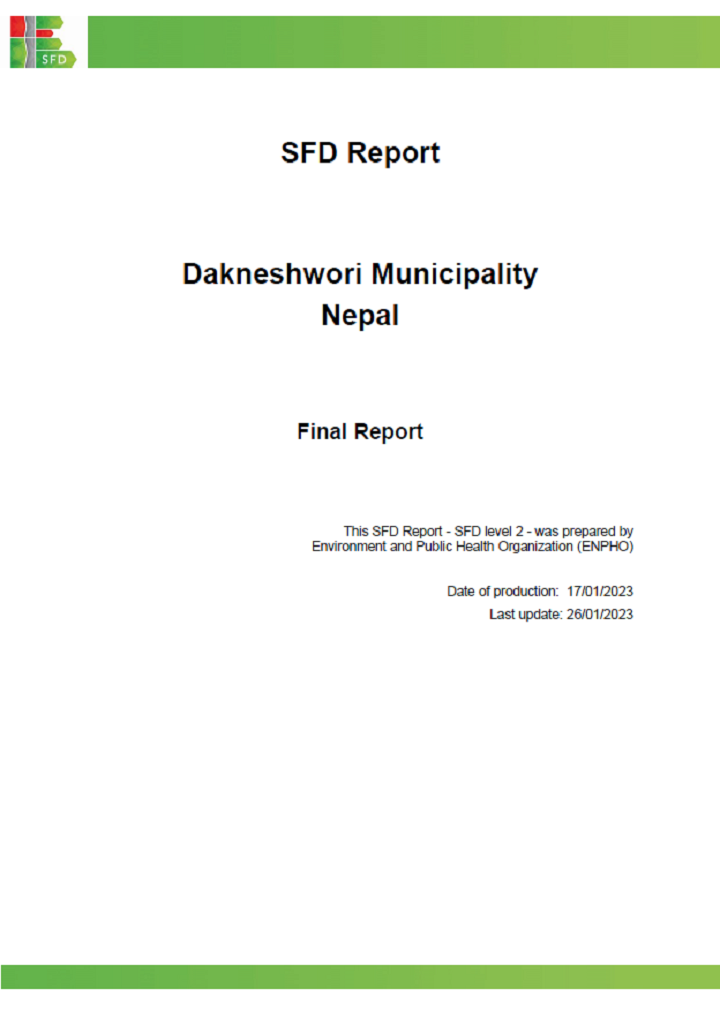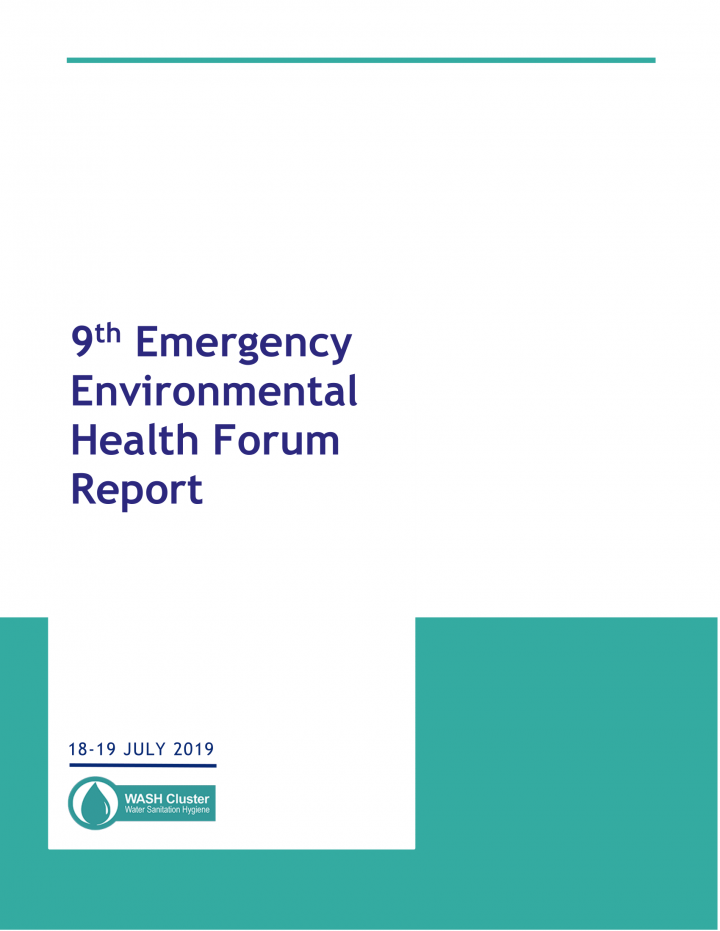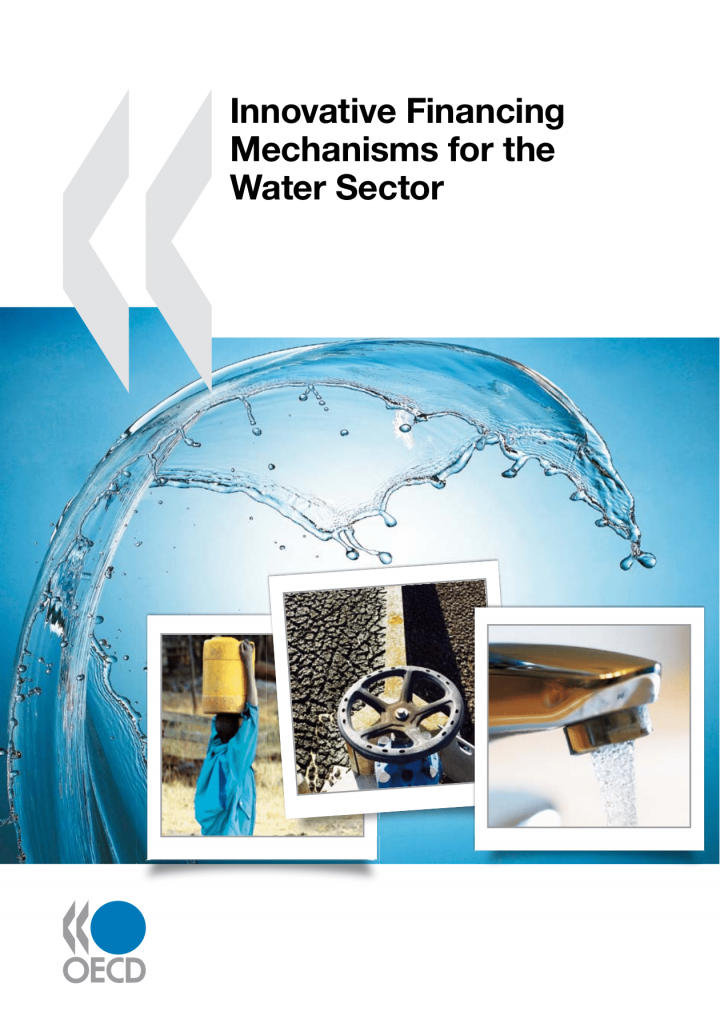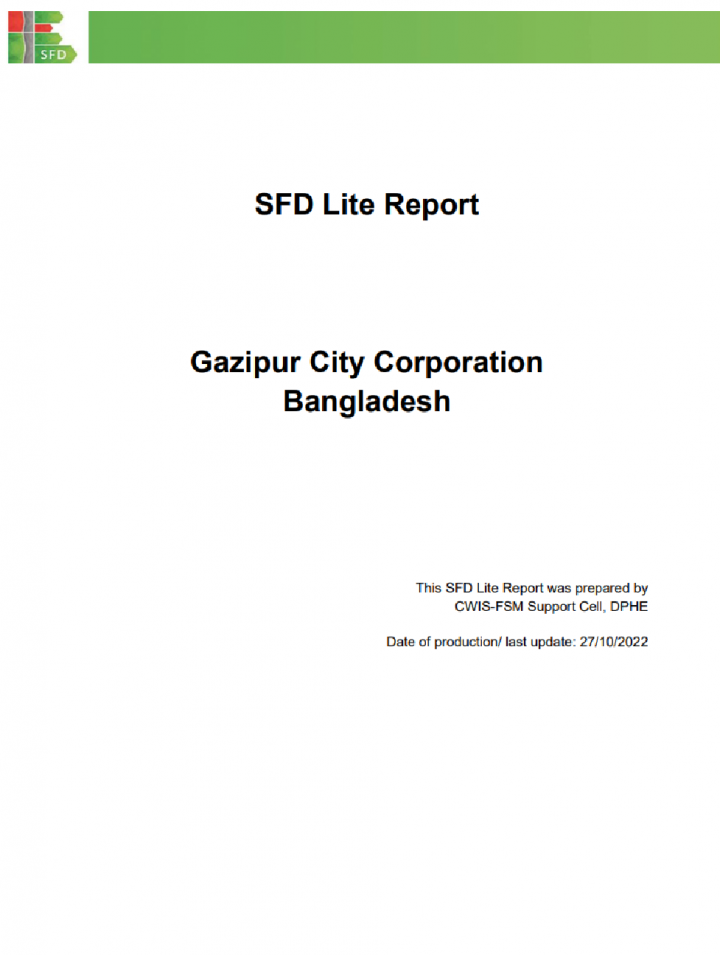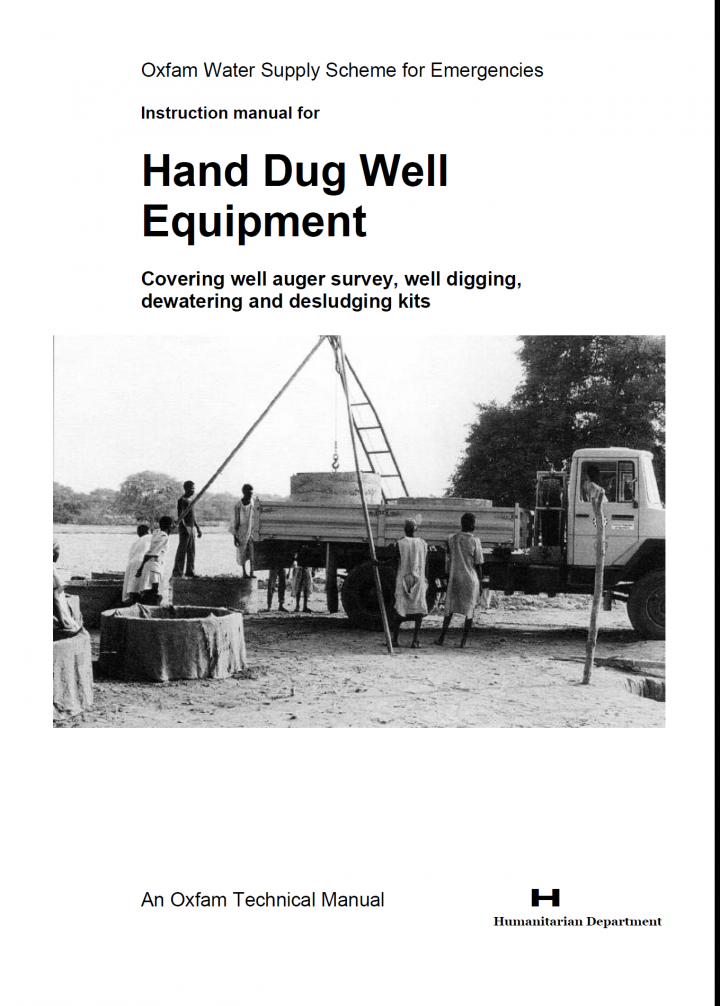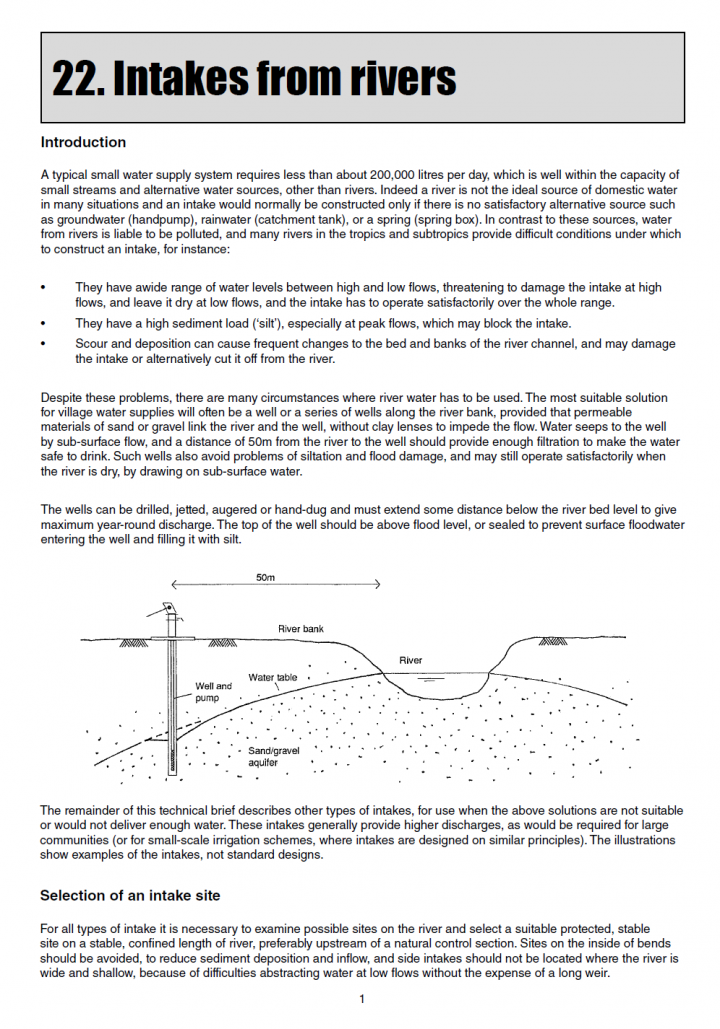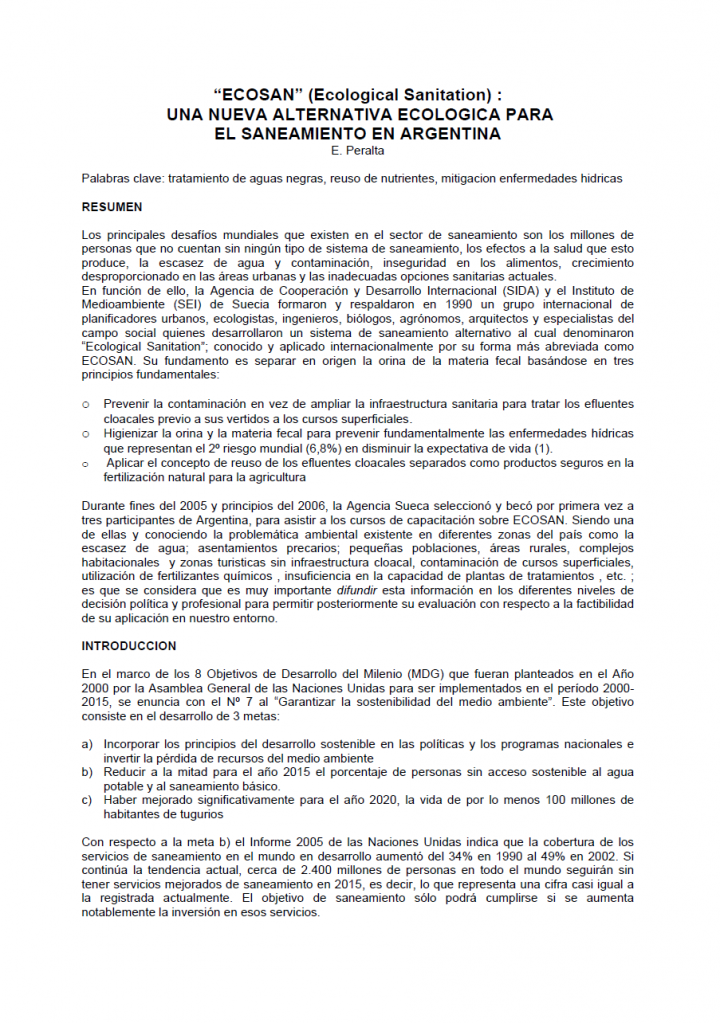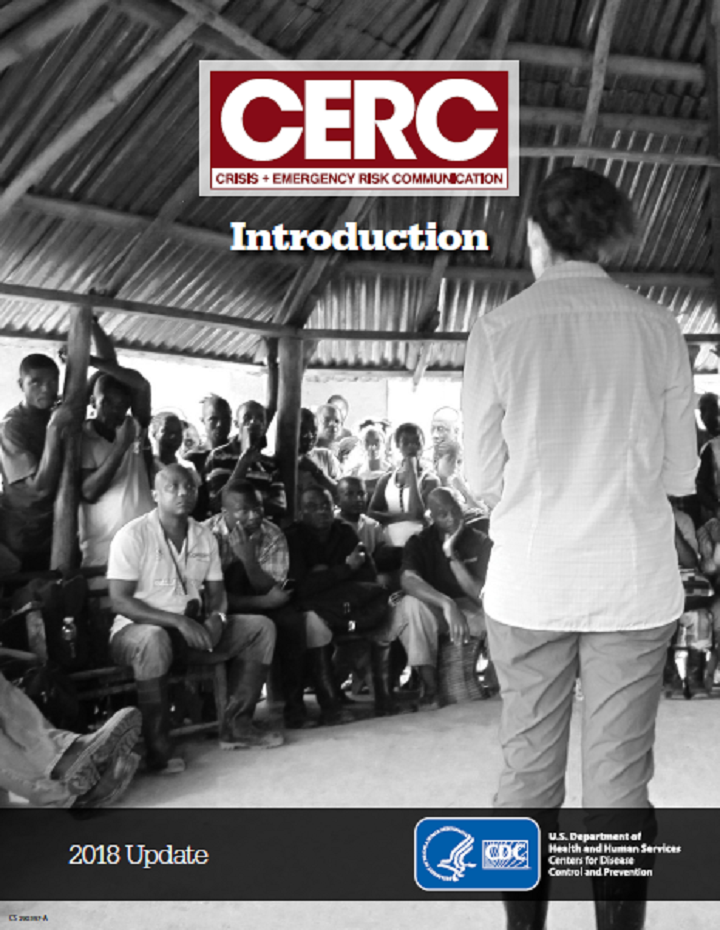Searching for information on Sanitation Workers?
The Sanitation Workers Knowledge + Learning Hub is the best source for all current news, trends, articles and updates on sanitation workers rights around the world.
To address the need for innovative approaches to diarrhea prevention in developing countries, we conducted two studies in Zambia to compare the effect of social marketing alone (SM) with social marketing plus motivational interviewing (SM+MI) on the adoption and continued use of a household-based water chlorination and storage intervention called the safe water system (SWS). In Study 1, we …
Menstrual hygiene management, or MHM, refers to a range of actions and interventions that ensure that people who menstruate can privately, safely and hygienically manage their menstruation with confidence and dignity. MHM is not only about distributing pads or providing education to girls. Effective MHM actions have three main components: i) MHM materials and supportive items, ii) Private, safe …
The function of the department is mainly to carry surveillance on sector dynamics, conduct training needs, develop and implement short tailor made courses for skills upgrading, problem solving, and refresher in the water and related sectors. The tailor made courses are to suit the training needs and interventions desired for organizational growth in accordance with strategic plans and business …
Hetauda Sub-Metropolitan City (SMC) is situated in the confluence of the two prominent national highways viz. Tribhuvan highway and Mahendra highway. Hetauda Municipality was expanded as Sub-Metropolitan City in 2014. It has 19 wards and covers the area of 261.58 sq.km.
According to national population and housing census 2021, Hetauda Sub-Metropolitan City has a total population of 193,576 …
COVID-19 pandemic swept across India in April and May 2021, and preventing infection became of paramount importance. The health systems were overwhelmed. Over the past year, we have learnt great deal of how the disease spread. This necessitated expansion of the earlier preventive measures promoted in the early stages of the pandemic in 2020 such as wearing masks, social distancing and washing …
Since 2003 Nepal has been actively promoting the Community Led Total Sanitation approach and, from 2005 onwards; the School Led Total Sanitation approach, to promote Open Defecation Free (ODF) behaviours. The Government has put sanitation and hygiene at the forefront of its development agenda through the Nepal Country Plan for the International Year of Sanitation in 2008, the Sanitation and …
This facilitator's guide is one of the three components of the WASH Governance Training Programme, which aims to help capacity builders, facilitators and trainers to support the WASH sector in African countries. The other components are a set of training modules and a WASH Wall Chart package with a set of interactive labels.
The facilitator's guide provides an overview of the entire programme; …
PURPOSE AND BACKGROUND
WHO recognizes that effective, integrated and coordinated communication is integral to carrying out WHO’s goal to build a better, healthier future for people all over the world. The purpose of this Framework is to describe a strategic approach for effectively communicating WHO information, advice and guidance across a broad range of health issues: from chronic health …
For centuries society has seen that good hygiene and health conditions save and improve lives. Research and innovation continue to advance knowledge and approaches, but the importance of basic hygiene practices remains fundamental. This has been even more evident during the pandemic caused by the Coronavirus (COVID-19). The collaboration between Essity and Water Supply and Sanitation …
In this regional analysis, the UN-Water Global Analysis and Assessment of Sanitation and Drinking-Water (GLAAS) 2013/2014 country survey data from 11 Eastern Mediterranean Member States and territories, i.e. countries, are presented along with information provided by 23 external support agencies (ESAs). The 11 countries representing a population of 430 million in the WHO Eastern Mediterranean …
There has been an interesting debate going on about the elements of shame, fear and disgust used during CLTS triggering session. The debate has been between those who believe that the element of shame as applied during a CLTS trigger is unethical as it amounts to degrading and embarrassing the community, and those who believe that the element of shame is actually positive, and that it indeed …
Dakneshwori municipality is in southern terai region of Nepal. The municipality was formed in 2016 by merging Kabilasa, Harihara, tarahi, Bhutahi, pato, Aurahi, Barhmapur, Banaula, Patthargada and Gamhariya VDCs. The geographical coordinate of the municipality is 26.50o North and 86.62o East. The municipality is divided into 10 political ward boundaries.
The total population of the …
Arsenic is widely distributed element in the earth’s crust and ranks twentieth in elemental presence. As a Group V element, arsenic exhibits a broad range of chemical reactivity and it is commercially used in alloys with lead. Arsenic in natural water has been reported from several countries including Bangladesh, China, Chile, Ghana, India, Nepal, Rumania, Taiwan, USA and Vietnam. In India, …
The 9th Emergency Environmental Health Forum took place from 18th -19th 2019 in Geneva, Switzerland. It brought together water, sanitation and hygiene (WASH) experts. The forum provided an opportunity to exchange recent field experiences and explore innovative approaches amongst over 110 attendees and discuss ways for future action and interventions for WASH in emergencies.
EEHF 2019 …
This report examines innovative financing mechanisms that can help attract new financial resources into water and sanitation services (WSS ). A particular focus is placed on mobilising market-based repayable financing (such as loans, bonds and equity) as a way of bridging the financial gap to meet the Millennium Development Goals and other crucial sector objectives. The Camdessus and Gurria …
Gazipur is a fast-growing city, which is 25 km away from the Dhaka city. It is beside the Turag and Balu Rivers and it is well connected with road, water, and railways. It is one of the oldest towns in the sub-continent and was declared City Corporation in 2013. Gazipur is one of the 12 City Corporation in the country.
According to the population census in 2011 by the Bangladesh Bureau of …
This equipment is part of several packages devised by the Oxfam Public Health Engineering Team to help provide a reliable water supply for populations affected by conflict or natural disaster. The equipment is designed to be used with any or all of the following Oxfam water equipment: Water Storage equipment, Water Coagulation and Disinfection equipment, Water Filtration equipment, Water …
Voices of youth, women, older persons, persons with disabilities, persons living with HIV, transgenders and LGBTIQ, sex workers, manual scavengers, Dalits, Adivasis, farmers, urban shanty dwellers, urban homeless, migrants and refugees. Leave No One behind is the core principle of the SDGs and the 2030 Agenda. A consultation was held in India in late 2019 involving 14 groups identified by Niti …
A typical small water supply system requires less than about 200,000 litres per day, which is well within the capacity of small streams and alternative water sources, other than rivers. Indeed a river is not the ideal source of domestic water in many situations and an intake would normally be constructed only if there is no satisfactory alternative source such as groundwater (handpump), rainwater …
Los principales desafíos mundiales que existen en el sector de saneamiento son los millones de personas que no cuentan sin ningún tipo de sistema de saneamiento, los efectos a la salud que esto produce, la escasez de agua y contaminación, inseguridad en los alimentos, crecimiento desproporcionado en las áreas urbanas y las inadecuadas opciones sanitarias actuales.
En función de ello, la …
What is Crisis and Emergency Risk Communications (CERC)? The Centers for Disease Control’s (CDC) Crisis and Emergency Risk Communication (CERC) manual provides an evidence-based framework and best practices for anyone who communicates on behalfof an organization responding to a public health emergency.1 CERC is built around psychological and communication sciences, studies in the field of …

